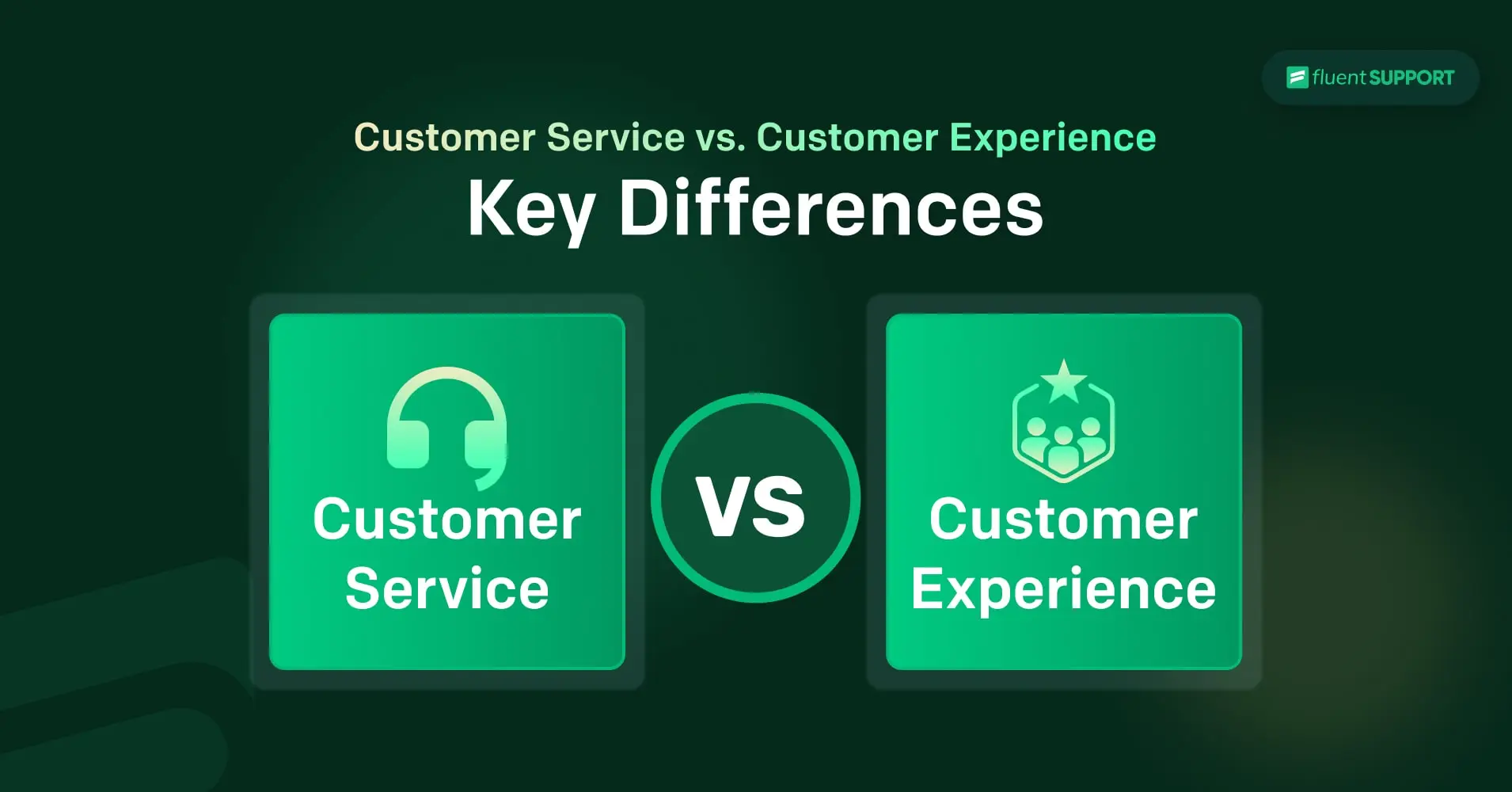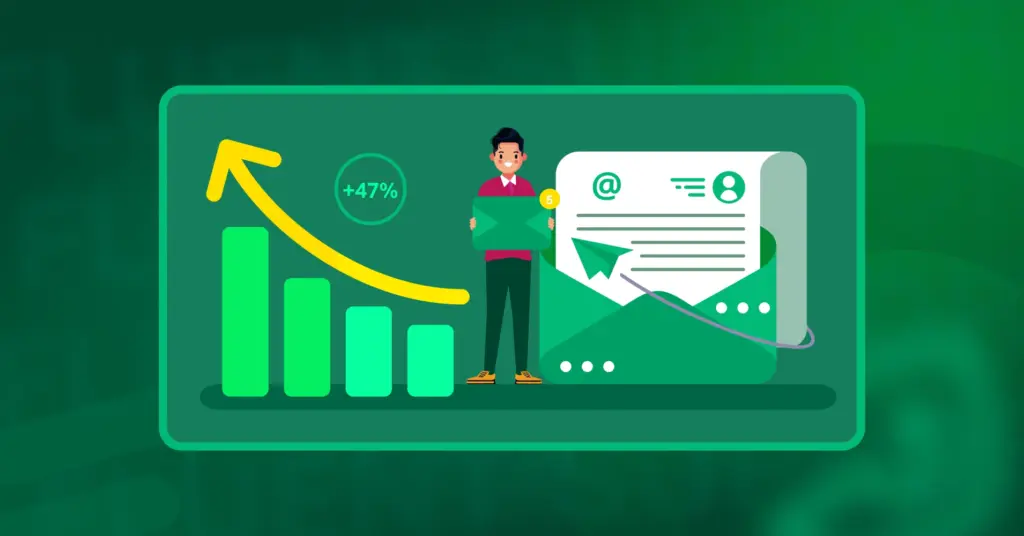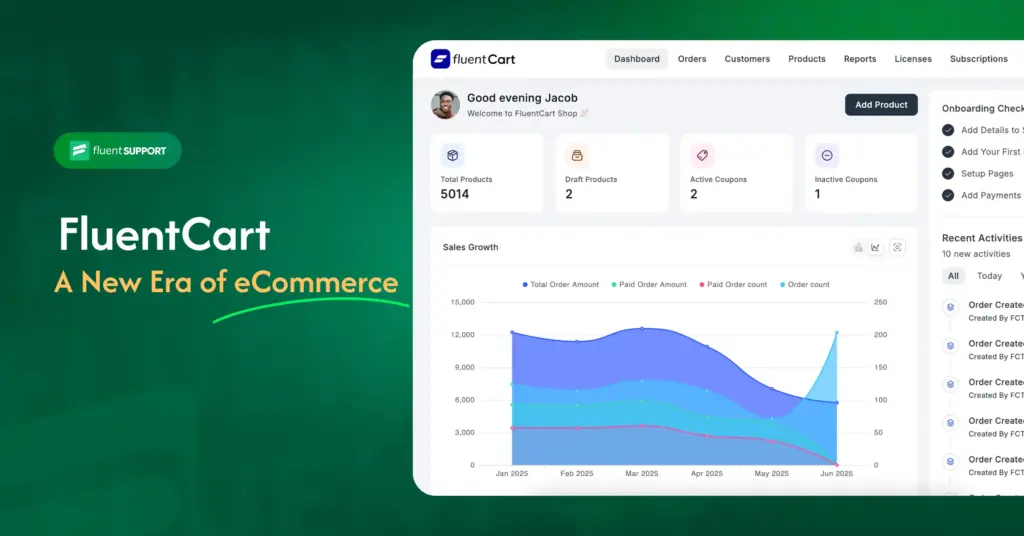
Customer Service vs Customer Experience: 5 Key Differences
Customer service vs customer experience—is there any notable difference? Or are both the same and named as synonym phrases?
In a word, the two terms are interconnected, yet they don’t mean the same thing. Surprisingly, many organizations use customer service and customer experience interchangeably. That’s not the right approach!
If you also follow the same approach, this blog is for you. It will help you grasp a clear understanding of how to distinguish the terms. Consequently, you can identify the areas of improvement and be one step forward in delivering good customer service and a memorable customer experience.
So without further ado, let’s get started.

Customer service vs customer experience
Customer service is the support a business aims to provide its customers when they interact with or reach out to your business with an issue or query. Customer experience encompasses all the interactions between your business and your customers throughout the buyer’s journey, from discovering your brand to after the post-purchase.
Customer service vs customer experience: 5 key differences explained
- Proactive vs reactive
- Level of control
- Metrics
- Tools
- Teams in charge
Proactive vs reactive
Proactive and reactive are vital highlights when distinguishing between customer service and customer experience.
Generally speaking, customer service is reactive. It starts when a customer requests assistance, and your customer service agent responds.
Most of the time, customers initiate the interactions. Here, you need to wait for things to happen, depending on whether the customer is reaching out to you.
Simply put, it’s all about reacting to customer’s issues, answering questions, and assisting them.
Note: In this highly competitive and fast-growing market environment, aiming for a proactive customer service approach is advisable. This will boost your service team’s efficiency and smooth your customer service process.
On the flip side, customer experience is predominantly proactive. In CX, you must look at the whole picture and plan for all sorts of opportunities. It’s more suitable to be strategic.
Firstly, you need to anticipate your customers’ preferences or conveniences regarding their experience with your brand. Then, you need to take initiatives or create pathways to ensure a better experience throughout the buyer’s journey.
In essence, CX is all about mapping customers’ subsequent experiences and taking a strategic approach. Again, in some cases, you need to take a proactive approach. Based on the situation and opportunities, some strategic changes could be made.
Level of control
Customer service is all about assisting your customers. With a best-in-class customer service squad and powering other factors related to CS, you can hold complete control over your company’s customer service.
The way you can hold control over your company’s customer service, you can’t make that possible in terms of the customer experience. In CX, the level of control is relatively limited. It’s a big picture in your business. Multiple factors are related to CX that impact the way your customers perceive your brand.
The present market is too dynamic and competitive. Your competitors could snatch your customers anytime with their exceptional customer experience.
So yes, retaining your customers and having significant control over CX is more challenging. On top of that, it’s impractical to opt for overall control over the customer experience. What you can do is go the extra mile to positively influence customer perception and improve the customer experience.
Metrics
To track your company’s overall customer service, some metrics like
- Customer Satisfaction Score (CSAT)
- Customer Effort Score (CES)
- First Response Time (FRT)
- Mean Time to Resolution (MTTR)
etc. could help you out. These KPIs are titled “Key Customer Service Metrics”. Plus, you can use these metrics to evaluate or assess your company’s customer experience.
Likewise, various key customer experience metrics are available to better evaluate the overall CX.
Undoubtedly, these metrics will facilitate gaining more insights into how people experience a brand.
A while ago, we mentioned that CX is a big picture in your business. So it’s pretty challenging to track the several nuanced aspects of your overall CX with its key metrics. What you may get is a good approximation of the holistic situation of your CX and the prospects of identifying the area for improvement.
Conversely, customer service is a specific facet of your business. With the assistance of the key customer service metrics, you are more likely to get accurate insights.
Tools
Picking the right tools is mandatory to streamline customer service and experience. Here, the tools differ for both terms.
For customer service, you need to select your tools in a categorized way. Let’s look at an overview.
- Helpdesk (Zendesk, Fluent Support)
- Live chat (LiveChat, Intercom)
- Messaging (WhatsApp, Facebook Messenger)
- Video recording (Loom, Soapbox)
- Knowledge base self-service (Document360)
It’s wise not to pick according to your preferences. Instead, pick tools according to your customer’s preferences and where they are comfortable connecting with your business.
Now, for streamlining your CX, various tools are available. Such as–
- Hubspot
- Medallia
- Adobe Experience Manager
- Zendesk
- Qualtrics
etc. These tools could be advantageous for you to get valuable insights into your company’s overall CX and set up proactive steps.
While picking and finalizing CX tools, you need to consider your team’s needs, your customers’ needs, and most importantly, your business’s genres.
Teams in charge
Customer service team leads and customer support agents are primarily responsible for processing overall customer service. The team in charge interacts with customers on behalf of the company.
The team’s responsibility starts with addressing customers’ issues and ends with providing prompt and efficient responses. Interaction with a customer could be single or multiple times until the query is answered fully or the issue is resolved.
The quality of customer service can vary, depending on the performance of a company’s service or support agents. Nowadays, to ensure stellar customer service, companies are dedicated to constant improvement through training programs and equipping them with modern technology.
The team in charge rarely needs to collaborate with other departments. Ultimately, they retain significant control over the entire customer service process.
Now let’s look at the teams in charge of shaping the customer experience.
More or less
- the marketing team
- the sales team
- the product development team
- the user experience team
- the customer service team
- the quality assurance team
in a word, every team or department of a company is responsible for the holistic improvement of the CX. Effective team collaboration could smooth the process of chasing an exceptional customer experience at every touchpoint.
Customer service vs customer experience: which one is important?
Finally, you know that customer service and customer experience aren’t the same. You may wonder which is more important for your business and where to focus more.
The answer is pretty simple. Both customer service and customer experience play a crucial role in your customer-oriented business strategy, perhaps not equally, but certainly with significant impact.
Well, customer service and customer experience share the same goal: ensuring customer satisfaction and keeping customers returning to your brand. Moreover, both directly impact building loyal customers for your business.
Remember, these two terms are intertwined, and customer service is part of the overall customer experience process. It’s one of the checklists.
Let’s look at some statistics regarding the discussion to make you realize that both are crucial for your business.
1. Good customer service can turn one-time clients into long-term brand champions 86% of the time. – Khoros
2. If a company provides excellent customer service, 78% of consumers will do business with them again, even after a mistake. Salesforce Research
3. Customer-centric brands report profits that are 60% higher than those that fail to focus on CX. – CX Index
4. 73% of customers now say CX is the number one thing they consider when deciding whether to purchase from a company. – Pwc
Wrapping up
Finally, we are confident enough that you’ve acquired a solid understanding of this blog and are aware of the differences. So, it’s your time to share the insights with your business to better shape the customer service and customer experience, both individually and synthesizingly.
We appreciate your time reading this blog. Good luck!
Start off with a powerful ticketing system that delivers smooth collaboration right out of the box.











Leave a Reply